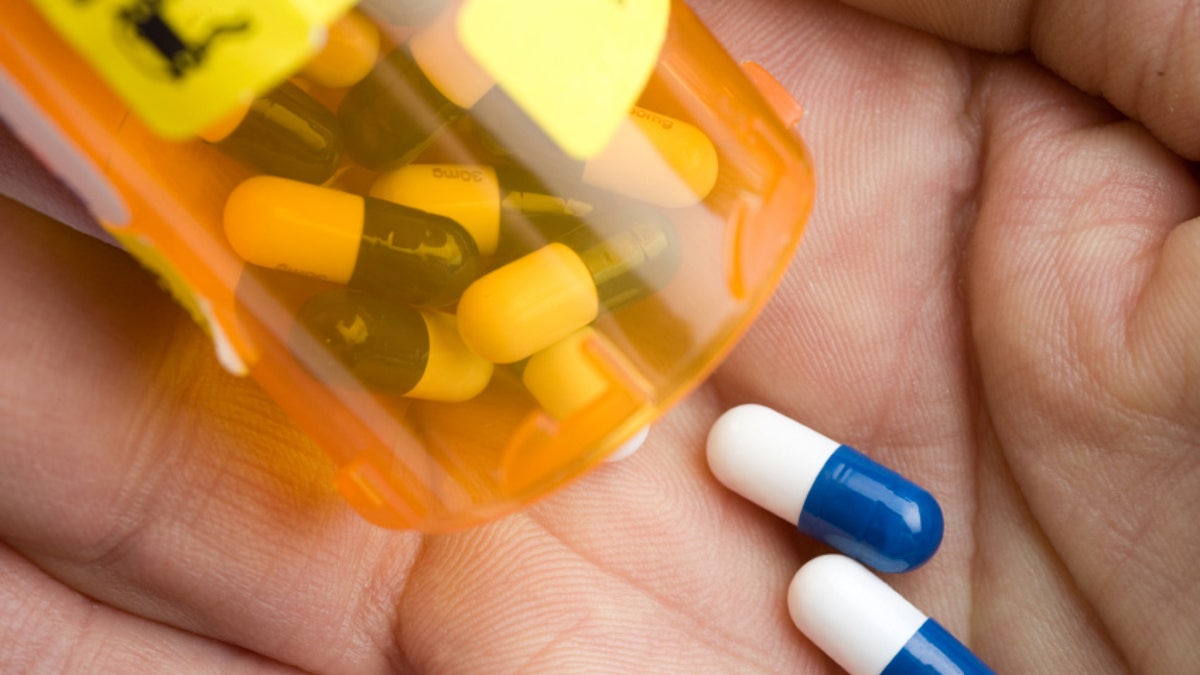
As kids across the country are getting back into their routines with the start of the new school year, not everyone’s focus will be on class schedules and new teachers. One of the most common – and potentially fatal – threats to our youth today is the pervasive peer pressure to use illicit drugs.
Before becoming Clinical Director of the Dunes in East Hampton, one of the U.S.’s top drug and alcohol treatment centers, I spent 10 years as the mental health specialist for a school district on Long Island. Beyond the national statistics that indicate a spike in illicit adolescent prescription drug use, I have personally witnessed this rampant dangerous behavior among teenagers in our schools.
The reasons for the surge in drug abuse at the school level are abundant: the increased availability of prescription drugs, a rise in stimulant drug use (i.e. Adderall, Ritalin) for kids with ADHD, a mistaken notion that prescription medications are somehow safer and less addictive than illegal drugs, and the pharmaceutical-chic ethos created by popular culture.
[pullquote]
I am not suggesting that pharmaceutical medications are not an important part of mental health treatment. What I am affirming is that the proliferation of medications and the increased number of prescriptions written – up to 250 million in 2010 compared to just 90 million in 1990 – has made them far more available to teenagers for illicit use.
At the Dunes in East Hampton, we understand that the reason that an individual abuses drugs has less to do with the drug itself and more to do with an underlying issue, need or emptiness that may drive that person to self-medicate.
Happy, balanced, engaged, mentally stable and socially active people – who are also well educated about the dynamics of drugs and addiction – tend to be less likely to fall down the slippery slope of drug experimentation.
Here are five strategies to help make your kids less susceptible to drug-related peer pressure this school year:
1. Have the “drug and alcohol” talk with your child. Equip them with the facts about drug-using consequences, without demonizing recreational drugging or drinking.
2. Pay attention to red flags of underlying mental health issues, including depression and anxiety. A very large percentage of young people self-medicate in order to experience relief from untreated psychiatric issues.
3. Know who your kids are hanging out with. The one most significant indicator of drug use is peer group; if your child is hanging out with drug users, odds are your child will also use drugs.
4. Support their efforts to participate in sports, drama, clubs or other healthy social activities. Kids who are active in these pursuits are less likely to recreationally use drugs.
5. Have dinner together with your children at least once a week to maintain a healthy, meaningful dialogue.
When teenagers feel good about themselves and are emotionally, psychologically and socially stable, they will be less likely to turn to self-medication.
Promoting a healthy lifestyle and appropriate strategies for dealing with peer pressure, stress and difficult emotions starts at home.
So as another new school year begins, use these guidelines to help your teenagers start off on the right foot.
